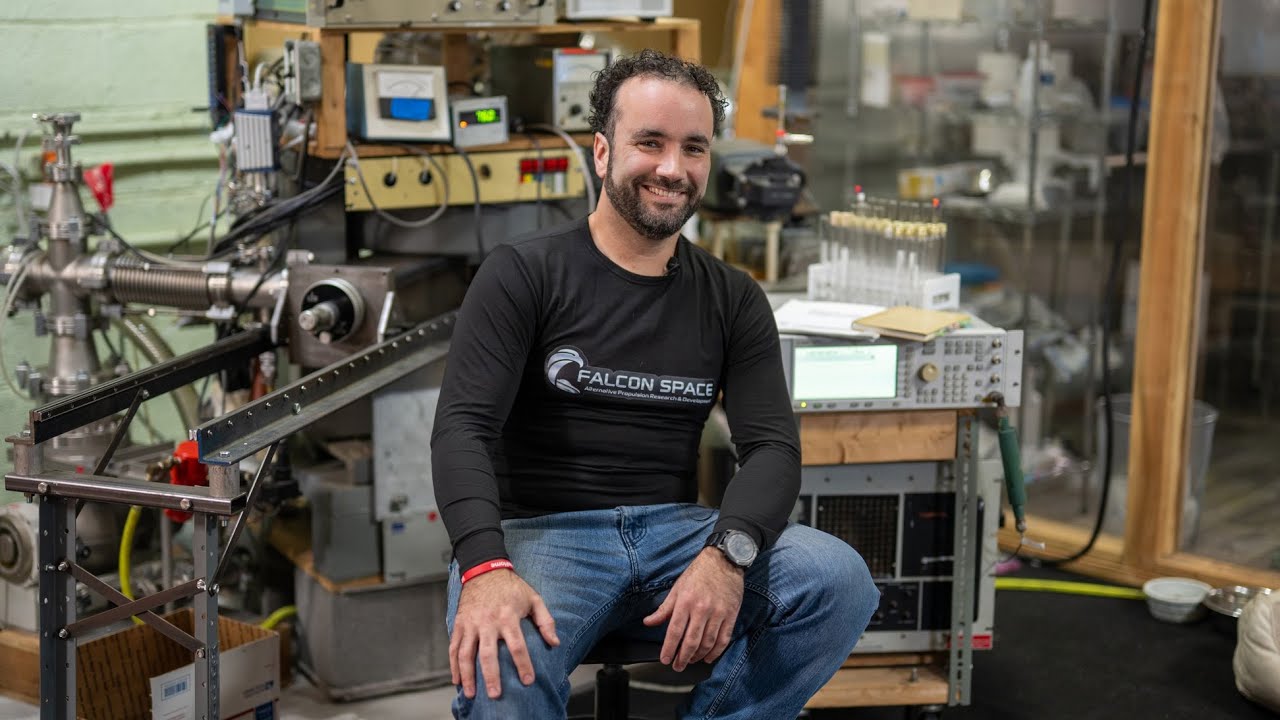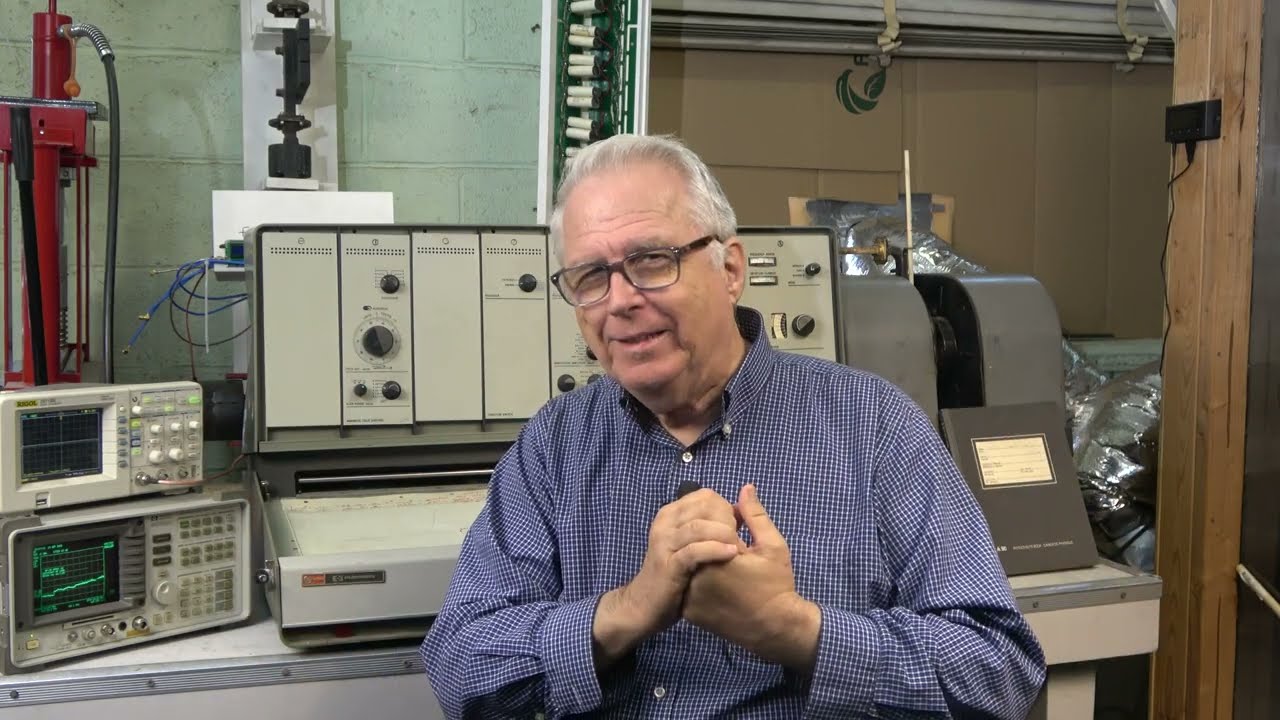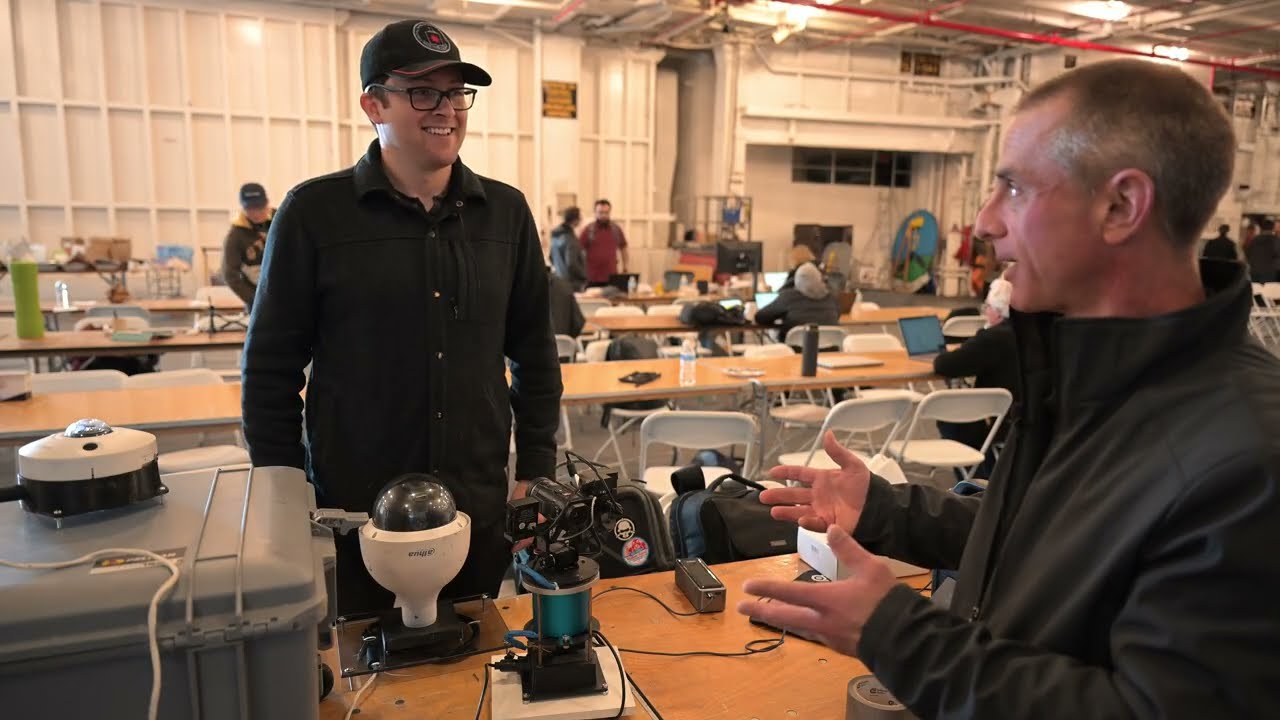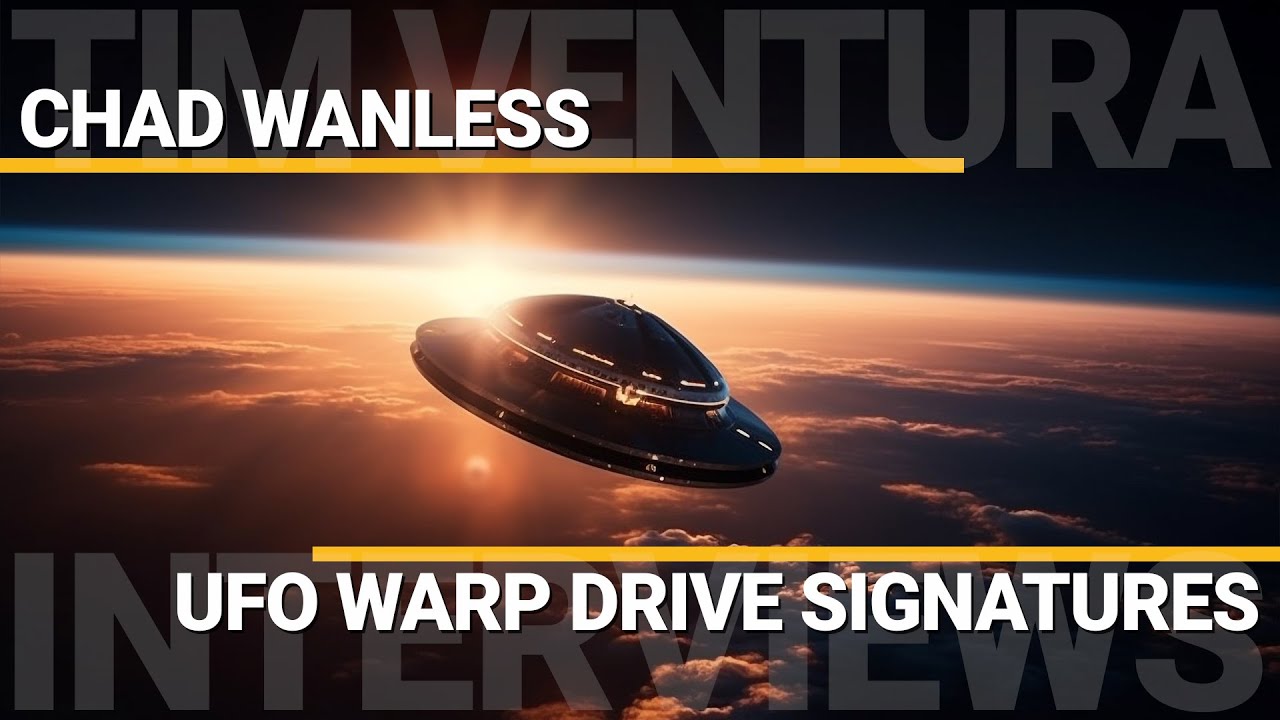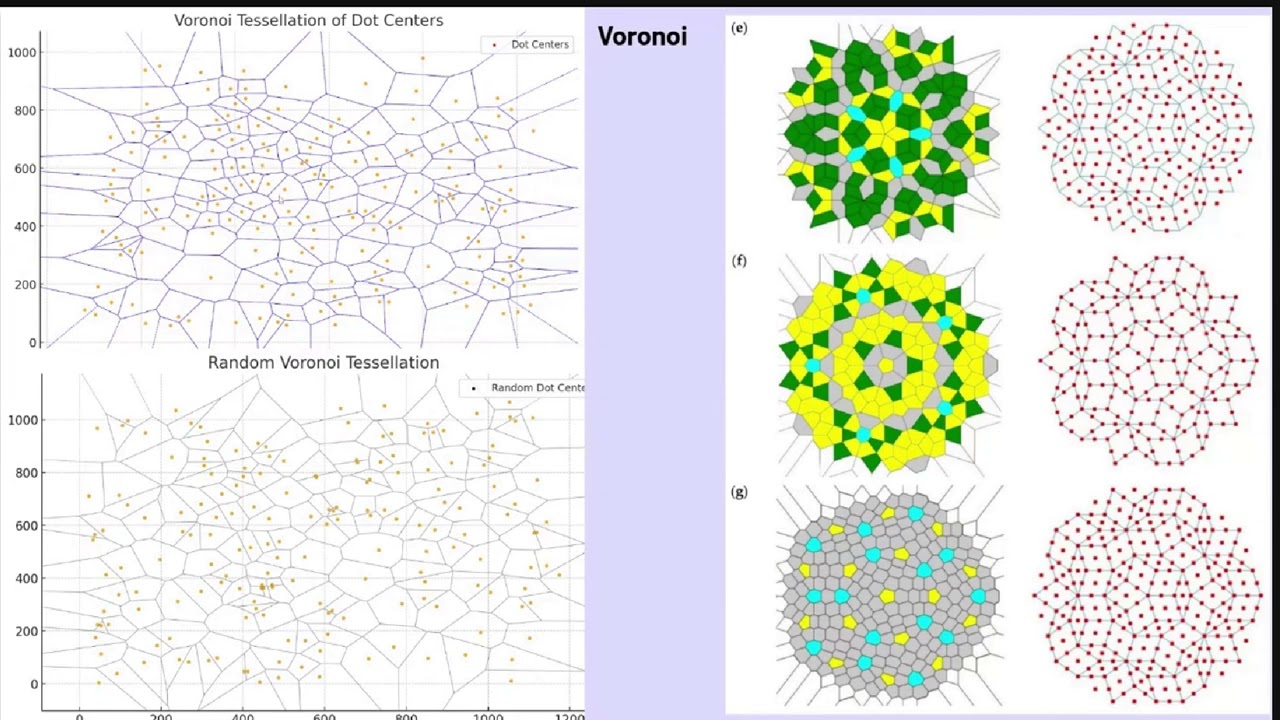Dynamic Nuclear Polarization, Gravity Control & Theoretical Physics with David Chester
Dr. David Chester discusses the Falcon Space research into Dynamic Nuclear Polarization for Gravity Control and how it may fit with emerging models in theoretical physics. He also discusses some of his personal avenues of scientific interest and current areas of study in physics. This was filmed at the 65th ENC Conference held in Asilomar, California in April 2024.
Dr. David Chester has a PhD in physics from UCLA, and a BS in Physics from MIT. His primary research focus has been in the field of scattering amplitudes and radiation for the standard model and quantum gravity, and this thesis project applied tools from scattering amplitudes to efficiently calculate gravitational radiation by utilizing Feynman diagrams. He believes he has found a link link between solutions in QCD and gravity, and has also researched aspects of non-equilibrium thermodynamics.
David became passionate about quantum field theory and general relativity while attending MIT for undergraduate studies. During his graduate studies at UCLA he worked on efficient scattering amplitude methods for Yang-Mills theory and its relation to solutions of gravity. His PhD thesis discussed how to compute gravitational radiation from Feynman diagrams. This further demonstrated that theoretical methods used for the LHC can be relevant for LIGO, two of the largest experimental endeavors. David is also interested in the application of exceptional mathematics to describe quantum gravity beyond the standard model physics.
Gravity-Defying Experiments:
The conference highlighted the unconventional work of a researcher named Mark, whose experiments are generating significant buzz. Mark’s research involves using NMR techniques to potentially manipulate gravity, a feat previously relegated to science fiction. His experiments, while using standard NMR equipment, focus on measuring minute changes in mass under carefully controlled conditions. Despite facing challenges like magnetic field interference and equipment malfunctions (a blown amplifier!), eight hours of data revealed a mysterious force detected by the scale – a force whose origin remains unknown. The next step involves ruling out electromagnetic forces as the source, a crucial step in validating the potential for gravitational manipulation. (00:00:30)
Challenging the Fundamentals: Speed of Gravity and the Nature of Mass
The discussion also touched upon the speed of gravity, a fundamental question with significant implications. Experimental evidence from LIGO, using triangulation from multiple detectors, confirms that gravitational waves travel at the speed of light. This contrasts sharply with older theories proposing instantaneous gravitation. (00:01:45) The conversation further explored the very nature of mass, questioning the traditional view of mass as a static quantity. Mark’s research, and the broader discussion, suggests that mass might be a dynamic quantity, potentially susceptible to manipulation through electromagnetic fields and nuclear spin alignment. (00:02:30)
A Multifaceted Approach to Gravity: Beyond Single Models
One of the most striking aspects of the discussion was the emphasis on a multi-model approach to gravity. Unlike many physicists who focus on a single theoretical framework, these researchers advocate for a meta-analysis of various gravity theories, including Modified Newtonian Dynamics (MOND), which could potentially reduce the need for dark matter and dark energy. (00:03:15) This approach acknowledges that even seemingly incorrect models can offer valuable insights, contributing to a more complete understanding of the universe. The discussion highlighted the importance of both detailed study within a specific model and broader meta-analysis across multiple models. (00:04:00)
Exploring Exotic Geometries and Extra Dimensions:
The conversation ventured into the realm of exotic differential geometry, exploring the possibility of negative energy and its potential role in gravitational modification. The researchers discussed the challenges and potential rewards of manipulating spacetime geometry, referencing concepts like the Alcubierre warp drive, which requires negative energy for its operation. (00:04:45) Furthermore, the discussion delved into the intriguing possibility of extra time dimensions, a concept often met with skepticism but supported by mathematical symmetries that could explain the mass differences between elementary particles. This approach focuses on the mathematical elegance of the model rather than the often-misunderstood implications of time travel. (00:06:00)
Teleparallelism, Torsion, and the Quest for Unification:
Einstein’s unified field theory and its evolution were discussed, highlighting the role of teleparallelism – a theory initially dismissed but now gaining traction in warp drive research. Teleparallelism uses torsion instead of curvature to describe gravity, offering a potentially different perspective on spacetime geometry. (00:08:00) The discussion also explored the concept of torsion in relation to the spin of elementary particles, suggesting a potential link between quantum mechanics and gravity. While the existence of torsion remains a subject of debate, its mathematical necessity in theories like string theory and loop quantum gravity cannot be ignored. (00:09:00)
Re-examining Electrodynamics: Longitudinal Waves and the Schwinger Limit:
The discussion shifted to electrodynamics, focusing on longitudinal waves – a topic often associated with fringe science but with a solid basis in Maxwell’s equations. The researchers explored the possibility of long-distance longitudinal signal propagation, suggesting a need for a more comprehensive theory of electromagnetism. (00:10:00) This exploration included revisiting the work of Maxwell and his contemporaries, and considering the potential breakdown of Maxwell’s equations near the Schwinger limit – a high-energy regime where quantum vacuum interactions become significant. Experiments in the next 5-10 years are expected to shed more light on this area. (00:11:00)
The Role of AI in Accelerating Physics Research:
The conversation concluded with a discussion on the potential of AI to accelerate physics research. The speakers highlighted the ability of AI, particularly large language models (LLMs) and neural networks, to analyze vast amounts of research data, identify connections between seemingly disparate papers, and even assist in mathematical modeling. (00:12:30) While AI is unlikely to provide ultimate solutions, its potential to streamline research, identify overlooked connections, and accelerate the pace of discovery is undeniable. The speakers emphasized the importance of fine-tuning LLMs with specific datasets to enhance their domain expertise, potentially unlocking new insights from obscure research papers. (00:13:30)
Conclusion:
The DNO conference showcased a vibrant and exciting landscape of gravity research, pushing the boundaries of our understanding of the universe. The discussion highlighted the importance of interdisciplinary collaboration, a multi-model approach to theoretical physics, and the potential of AI to revolutionize the field. The journey towards a unified theory of everything continues, and the work presented at the conference offers a glimpse into the exciting possibilities that lie ahead.
Register For UFORev
Want to see more great UFO Reverse Engineering stories? Sign up for our mailing list to get exclusive access to captivating presentations, engaging events, and more!
RECENT POSTS
Lab Walkthrough & DNP Antigravity Overview
May 16, 2024
Dr. Frederick Alzofon’s Research in DNP & Gravity Control
November 23, 2023
UAP Detection & Tracking
April 22, 2025
Detecting UFO Warp Drive Signatures
April 12, 2025
Art’s Parts Sample May Contain Quasicrystals
April 7, 2025
